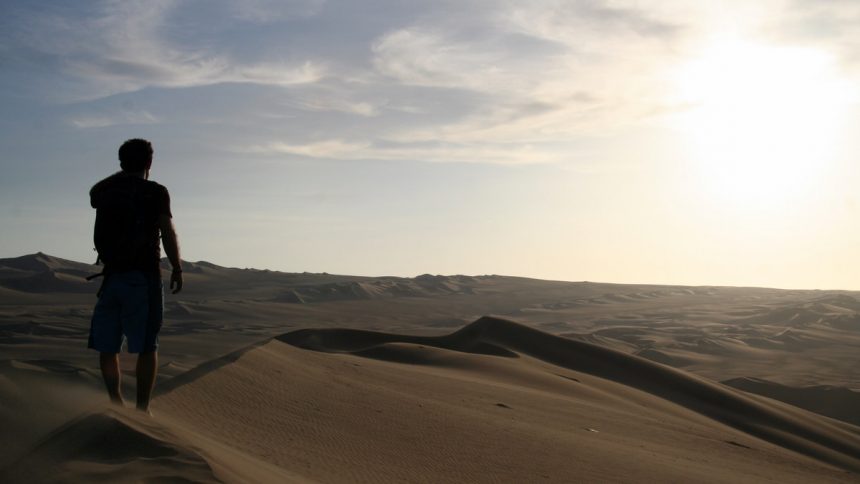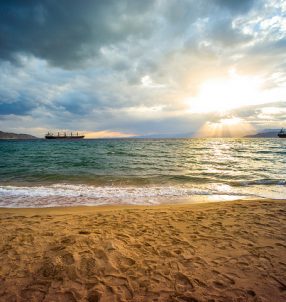Deserts are some of the most fascinating landscapes we can find on earth. They come in countless shapes and colours. But they are not only beautiful, but also dangerous. Again and again careless travelers die a cruel death, that could easily be prevented by following some basic rules. Our little survival guide for the desert might help you, if you ever get in trouble during your next adventure crossing the Sahara.
Photo: ilkerender
Before The Trip
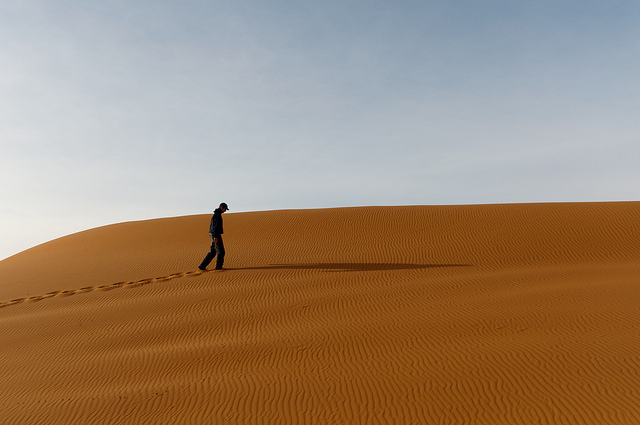
Photo: Maarten van Maanen.
The cornerstone of every trip in the desert, be it just for a short trek of for a multiple day backpacking journey, is information and preparation. Information and preparation. We can’t repeat that often enough, since it is just so damn important and can turn the scales in an emergency situation. Information and preparation, remember that!
Inform yourself about the climate in the desert you want to visit. How will the temperature be during the day, how about during the night? Will it drop so far that you could become hypothermic? You need to know your route, the landmarks you will encounter and what the terrain will be like. It can also come in handy to know which of the little critters you’ll meet on the way you can give a pat on the back to and from which ones you’d better keep your distance.
Once you’ve covered that, you can start dressing and packing. Wear light clothes in light colors, which deflect the sun’s heat rather than absorb it. Even though it is going to be hot, your clothes should cover your arms and your legs to protect you from the sun. Also, always wear a hat. One of your body’s priorities is to keep your head cool and you can support this effort by properly covering it.
Never leave for a trip in the desert without a GPS device (with a full battery), an emergency medical kit and a mirror, so that you can use it to signal across large distances should you need it. Bring 3-4 liters of water per person per day. Don’t forget a fleece jacket and an old military blanket or an emergency blanket for the chilly nights.
Last but not least, before you start your trip, inform a friend or family member about the route and the duration and make sure to set specific times when you check in with them so they know everything is fine.
When you get lost in the desert after all, things become a little tricky. The following survival guide for the desert is no comprehensive list of survival methods, many of which take years of study, but it gives you a good head start to make it through your misfortune, even if you are not willing to drink snake blood and eat scorpions.
First Think, Then Act
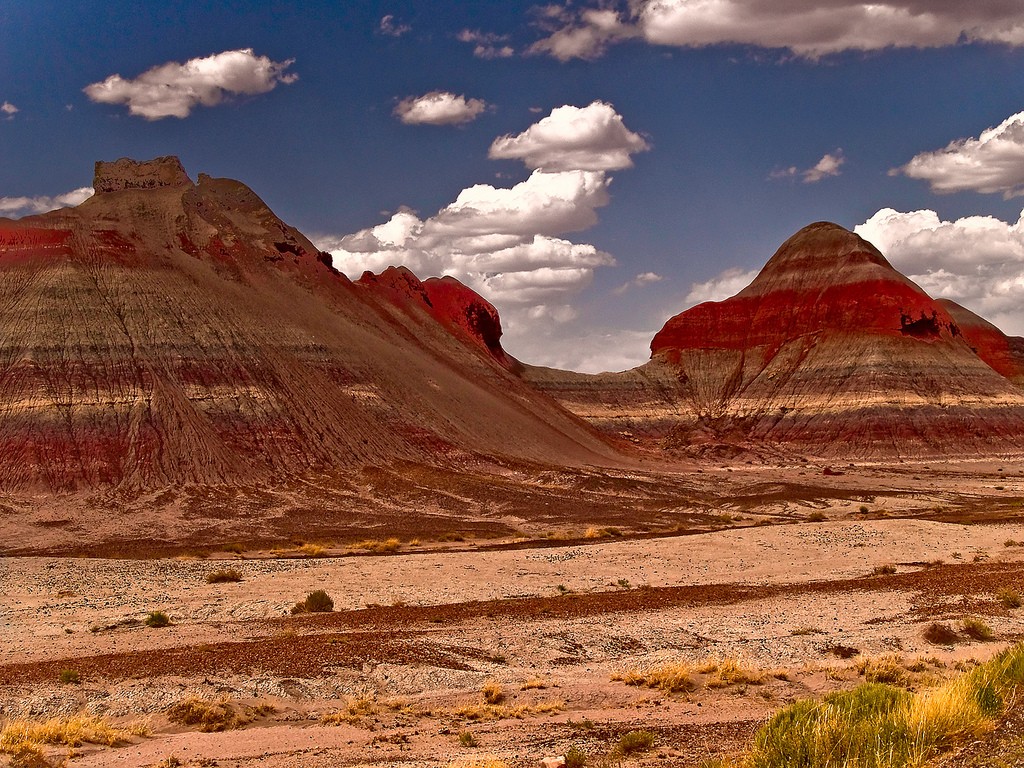
Photo: Paul Fund.enburg
When you realize, that for some reason you are lost in the desert, it is essential not to panic. You need to be able to think clearly and make reasonable decisions, since any waste of resources or energy could be fatal.
Start by making a basic plan. Are there people who know approximately where you are and will come looking for you soon? Great, stay where you are, build some shelter and wait for rescue. What about if nobody has the slightest idea where you went, but you have an idea where you came from? Then head in that direction. If you do so, leave some sign at the point where you started, like sticks, branches or stones, that ideally indicates where you went and when. While walking orient yourself with the help of big landmarks.
But before you take off in any direction you should make a general plan, that includes rationing or finding water, building shelter during the day and traveling during the cooler hours in the morning and evening.
Watch Your Cover
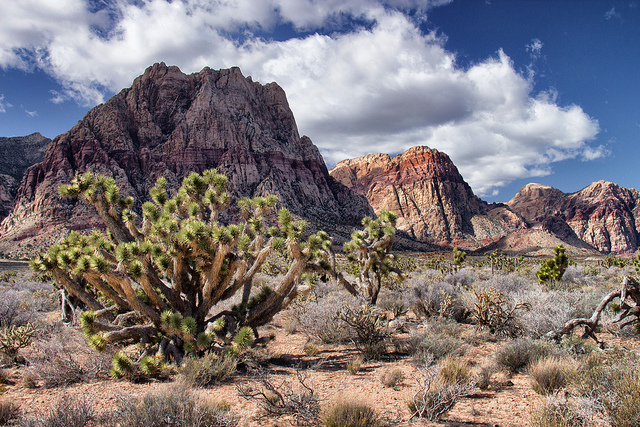
Photo: O Palsson.
It is going to get boiling hot during the day and of course the temptation to get rid of a few pieces of clothing is huge. But it is important that you keep protecting your body from the direct sun. Long trousers and sleeves prevent sunburn and high water loss through perspiration. In strong winds, it also protects you from the abrasive effect of the sand. Don’t forget to protect your eyes and your nose from the nasty, little sand grains as much as possible.
Also always keep your head covered. If you don’t have a hat, use some piece of clothing you can spare. Cooling your head costs your body tons of energy and it will surely appreciate any help in its struggle.
Even when you are properly dressed, avoid the direct sun, since it speeds up dehydration. In most deserts there is not much shade available. If you find some rocks you can hide behind, you are lucky, if not, try to build a shelter for the hottest hours of the day. Here, the blanket you have brought could come in handy in combination with two sticks.
Watch Your Rations
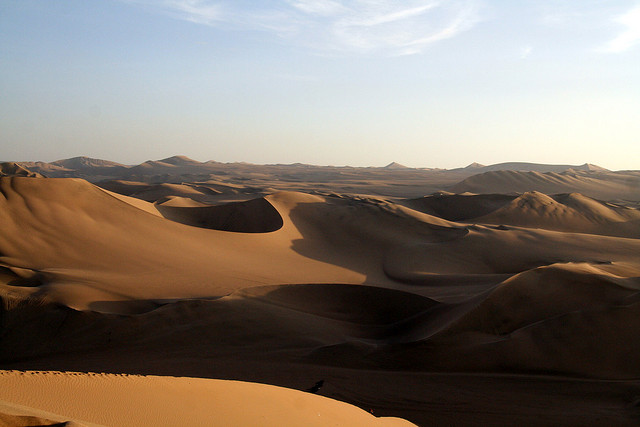
Photo: ilkerender.
If fortune is on your side, you still have some water left. Economize. That doesn’t mean that you should save the last drops till you are already too weak to move, but don’t drink it all at once. Take many small sips over the day, to keep you constantly hydrated. Assess your dehydration, and with that your need for water, with the help of your urine: if it is getting dark and viscous, you need water. A good way to reduce the speed of dehydration is to generally keep your mouth shut or cover it with a scarf when breathing.
If fortune loves you, and you even have some food left, don’t get overly excited. It is better not to eat or at least only when it is absolutely necessary. Eating makes you thirsty and water is precious. Always remember, that you can live up to 3 weeks without food, but only about 3 days without water, and in the desert probably even less.
And if you are on the right continent and think about pulling that cactus stunt, better think again. Firstly it is exhausting to get through all spines and to cut the cactus, secondly many species are poisonous and you will find yourself with severe diarrhea within short time.
Watch All That Dangerous Critters Around You
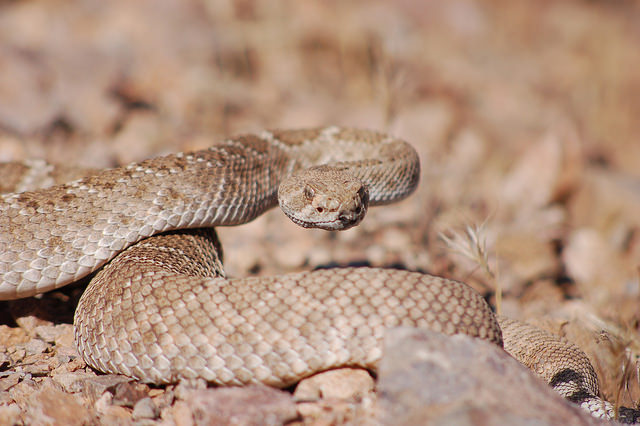
Photo: Jeanette M. Otis.
A desert may seem an environment hostile to life, but it is known that life always finds a way and you are definitely not alone out there. Your company are usually nocturnal snakes, scorpions, spiders, centipedes, many of which venomous and if not deadly then at least pretty painful.
Tuck your pants into your socks and your t-shirt in your pants. Watch what you touch closely and where you sit down, especially when you are looking for a place to sleep. Try to touch as little ground as possible and be especially careful when you handle sticks and deadwood or when you turn around stones, since there are your little friends’ favourite hiding places.
About the author
Barbara
Barbara is a German-born Austrian with unresolved identity issues and a degree in Ecology and Nature Conservation. Three years ago, she moved to Budapest, Hungary. She travels the world whenever she can, equally chasing interesting stories and fluffy cats. She is a travel writer who loves adventure and never says no to any challenge.
In adventure travel news, n innovative new natural desert reserve spanning 10 percent of the total area of Dubai has been launched in the UAE. The Marmoon Desert Reserve Project is set to be the site of several ecotourism projects and conservation efforts contributing to the protection and nurturing of the environment,…
Hot Topics
In adventure travel news, n innovative new natural desert reserve spanning 10 percent of the total area of Dubai has been launched in the UAE. The Marmoon Desert Reserve Project is…


